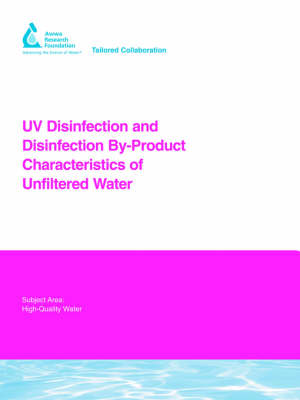By identifying the impact of turbidity, algae, and organics on UV efficacy, utilities can consider a range of UV applications, including groundwater, prefiltration, postbank filtration, unfiltered water supplies, and open-reservoir treatment. Using UV for disinfection can alter oxidation techniques and DBP formation. Understanding the impacts on DBPs is essential for comprehensive public health planning. The water supply and treatment system of the City of Winnipeg, Manitoba, offers an opportunity to investigate DBP precursor concentrations and oxidant and disinfection combinations typically not found in filtered-water supplies. The objectives of this project were to determine the impact of turbidity on UV disinfection efficacy, the impact of algae on UV disinfection efficacy, the impact of TOC on UV disinfection efficacy, the possible reduction and change in DBPs attainable after converting free chlorine to UV for primary disinfection, and the impact of algae and TOC on lamp fouling characteristics and cleaning needs over a one-year period. The City of Winnipeg conducted a 14-month continuous pilot test to determine UV O&M requirements over an annual cycle. The research team conducted five onsite inactivation studies using MS-2 Colliphage. They combined the field tests with UV scans and collimated beam tests to determine UV efficacy for various water quality conditions. Inactivation studies were conducted before and after lamp cleaning, and before and after turbidity spiking. Eight DBP tests were conducted to characterize seasonal DBPs and to determine disinfection options to reduce DBPs to meet targets.
- ISBN10 1843399288
- ISBN13 9781843399285
- Publish Date 31 August 2005
- Publish Status Out of Print
- Out of Print 15 June 2021
- Publish Country GB
- Imprint IWA Publishing
- Format Paperback
- Pages 176
- Language English
- URL http://iwapublishing.com/books/9781843399285/uv-disinfection-and-disinfection-product-characteristics-unfiltered-water
